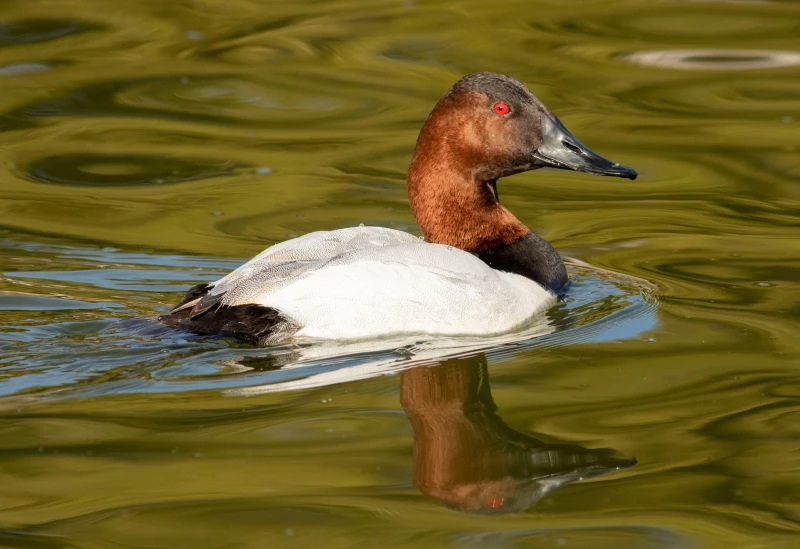By Alex Harper
January can be a trying month for many birds in southern Nevada. It’s a month where cold, dense air blankets the valleys and basins of the lowlands, and snow may even cover north-facing slopes of the taller mountain ranges. It’s a month of little sunlight, and many of the deciduous trees have lost their leaves. The loss of leaf-cover may force some birds to forage lower to the ground or move around locally to find fuel and cover. Aside from larger waterbirds, there is very little migratory movement going on in January.
For many birders, the arrival of a new year means that the year lists roll back to zero at the stroke of midnight on January 1. On the first of the month, many birders meet the dawn, ready to begin building the next “year list”. If you don’t know what a year list is, it’s the type of list that some birders keep to track of the number of species seen or heard during a calendar year. Birders often keep year lists for their neighborhood, home county, home state, or even their home country.
January is a month with high waterfowl and waterbird diversity. Geese, about twenty species of ducks, loons, grebes and gulls make their way into large parks, washes, lakes and reservoirs. At places like Lake Mead, birders often visit 33-Hole, Government Wash, Boulder Beach and Hemenway Harbor, scanning through flocks of gulls for Lesser Black-backed, Iceland and oddballs amongst Herring, California and ubiquitous Ring-billed Gulls. Virtually any water body will harbor Ring-necked Ducks, Redheads, and American Wigeon. For mergansers, goldeneye, and Greater Scaup, birders often head to larger waterbodies or Lake Mead to see these diving ducks. At some parks and athletic fields, Cackling, Greater White-fronted, Snow and Ross’s Geese will join Canada Geese to graze on grasses.
For birds that spend the full year in the region, breeding activity may begin. You may hear the “pops” of displaying Anna’s Hummingbirds or notice more doves singing or engaging in courtship behavior. These birds, like all wild animals, are attuned to the movement of earth relative to the sun. They can detect the gradual increase of daylight that follows the winter solstice, and neurotransmitters signal to them that it is time to begin courting or establishing nesting territories.
For some songbirds that do not breed in the low elevations of the Mojave like Ruby-crowned Kinglets, Yellow-rumped Warblers, and wintering sparrows, they are among the birds foraging in shrubs, brush piles, and leaf litter in neighborhoods or parks. Sparrows and finches may be taking advantage of the abundant seeds of saltbushes where available. Finches are especially drawn to the fruiting Chinese Elms that are commonly planted in the Las Vegas and Henderson area.
Overall, this is an interesting month to observe the routines and life cycles of wintering and resident birds. For some bird species, they are weeks or months away from migrating to their breeding ground, which in some cases may be in Canada or Alaska. For our year-round neighborhood birds, they may be transitioning out of their winter behavior of wandering for food and beginning to set up territory. By February, we will welcome the vanguards of returning swallows. By March, we are anticipating the sweet song of Lucy’s Warblers to mesquite groves of our parks and wetlands.











